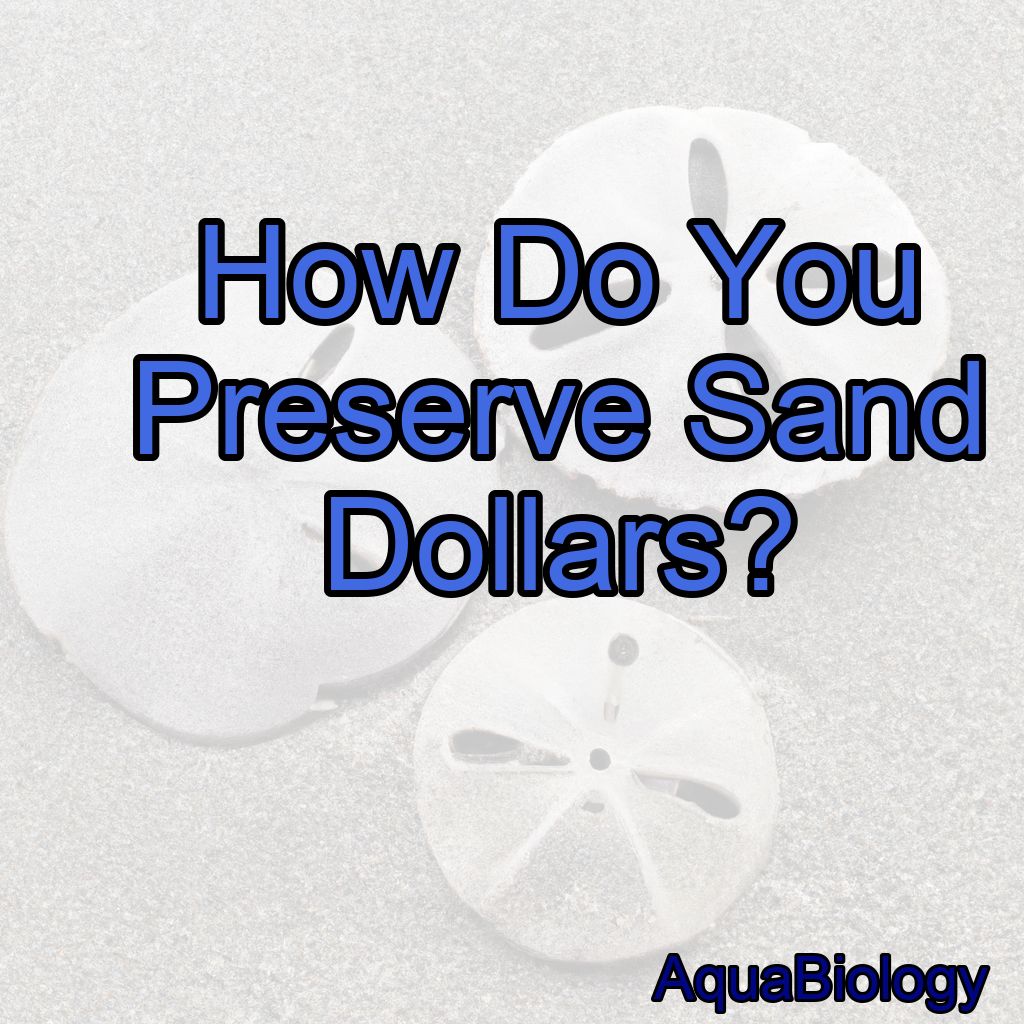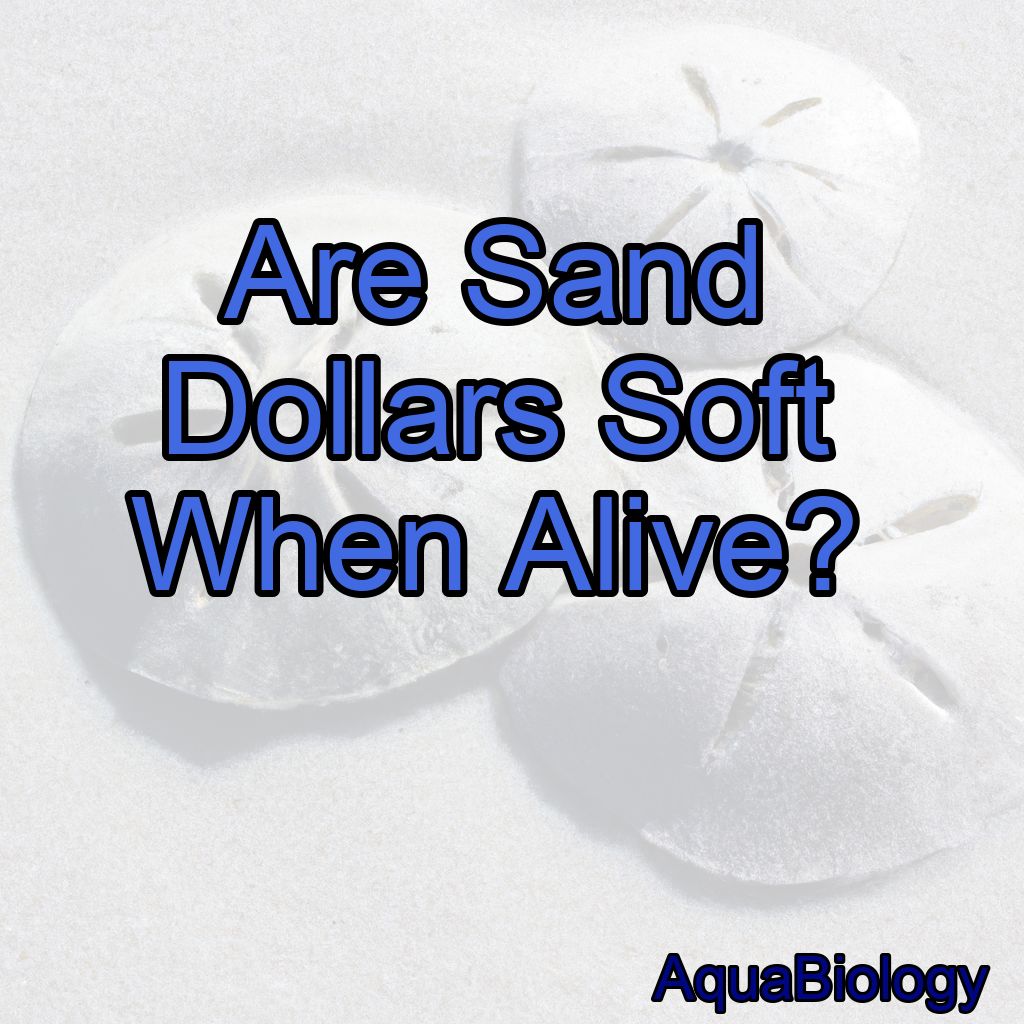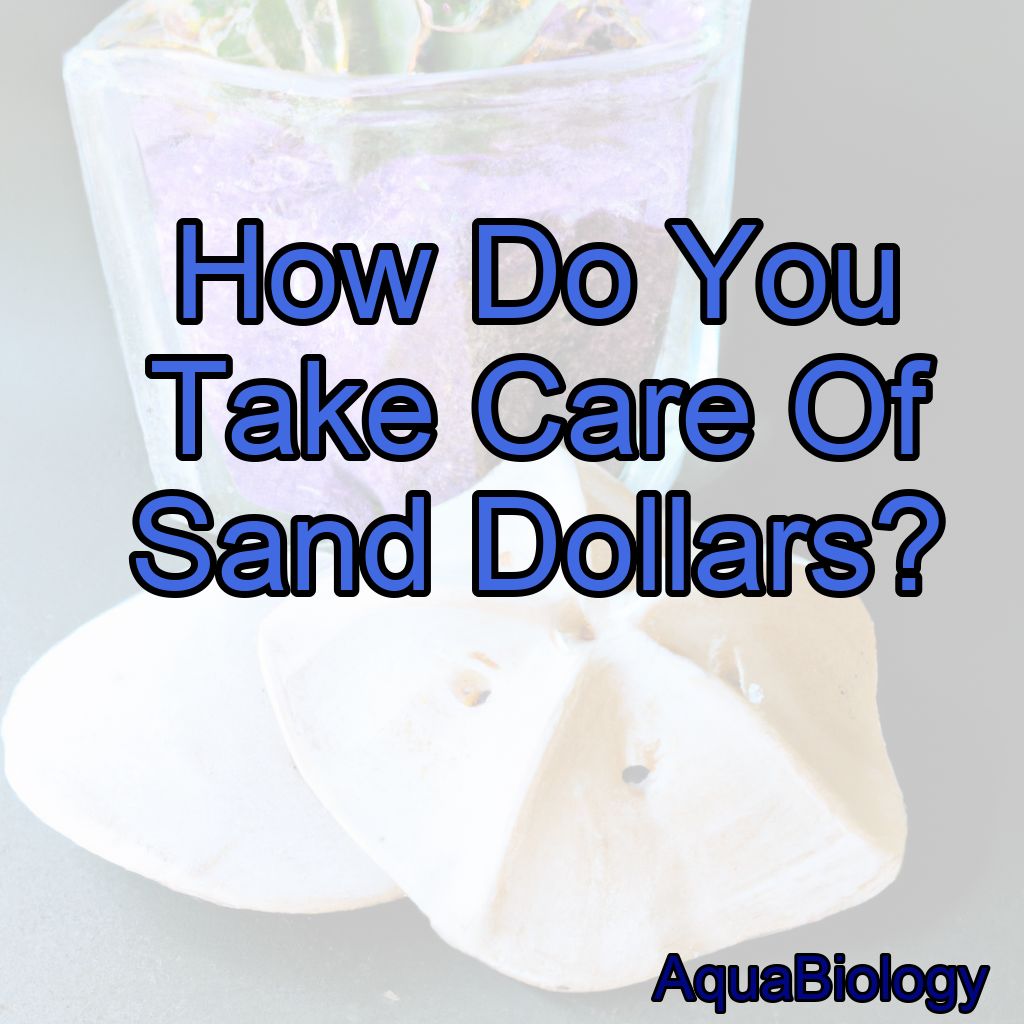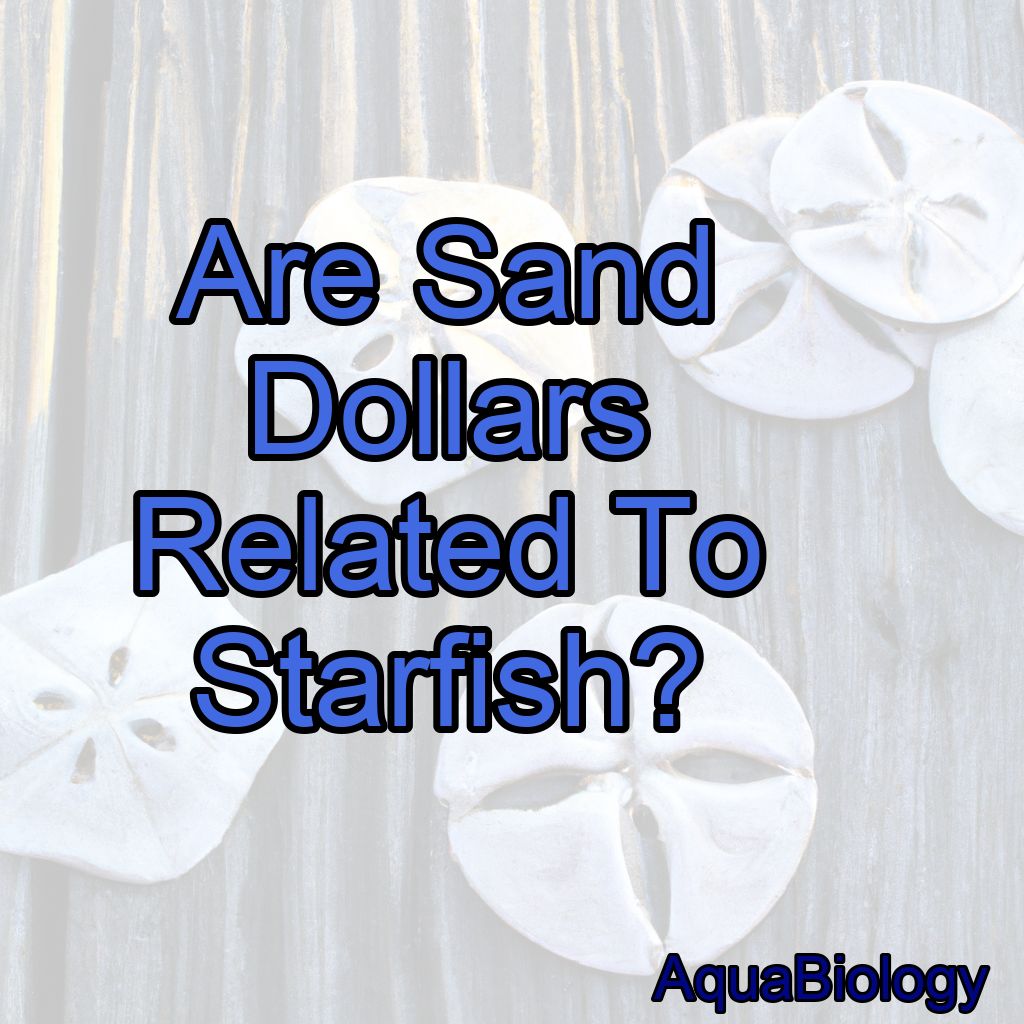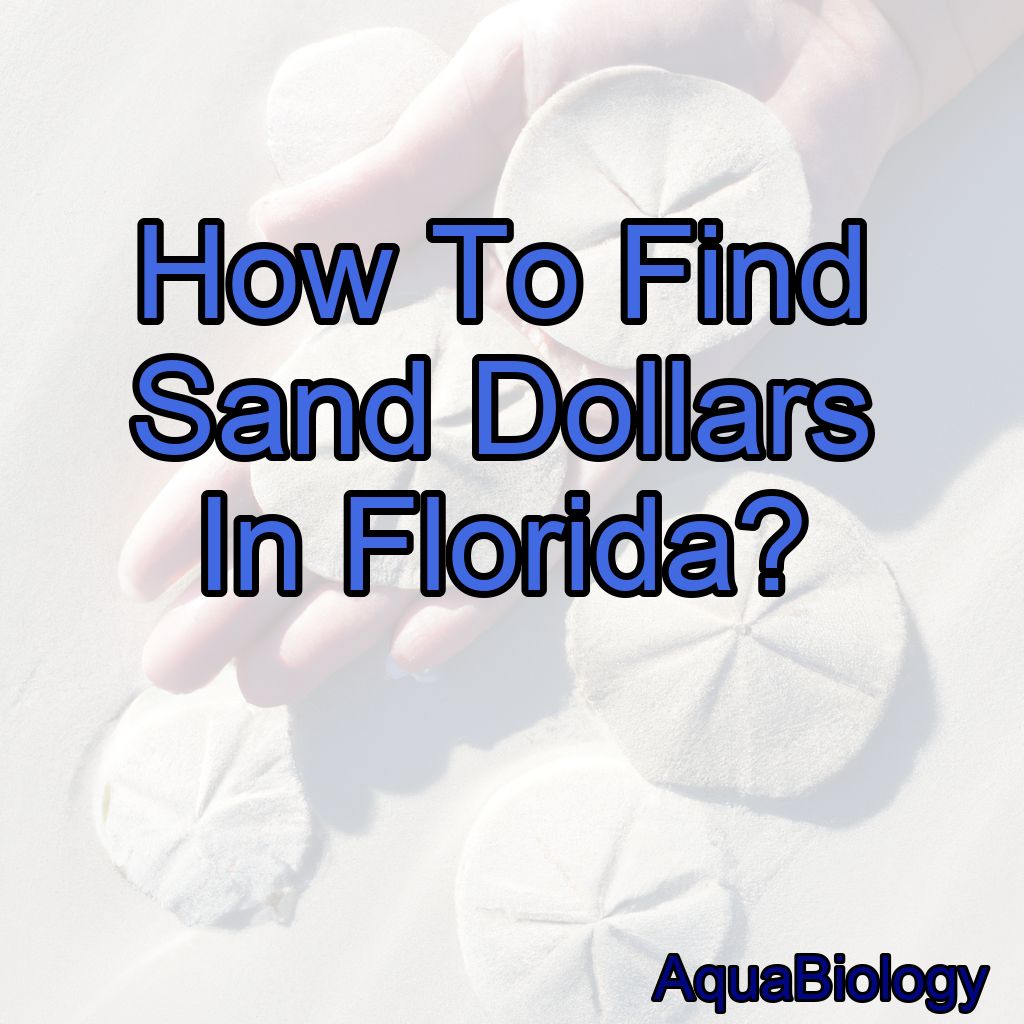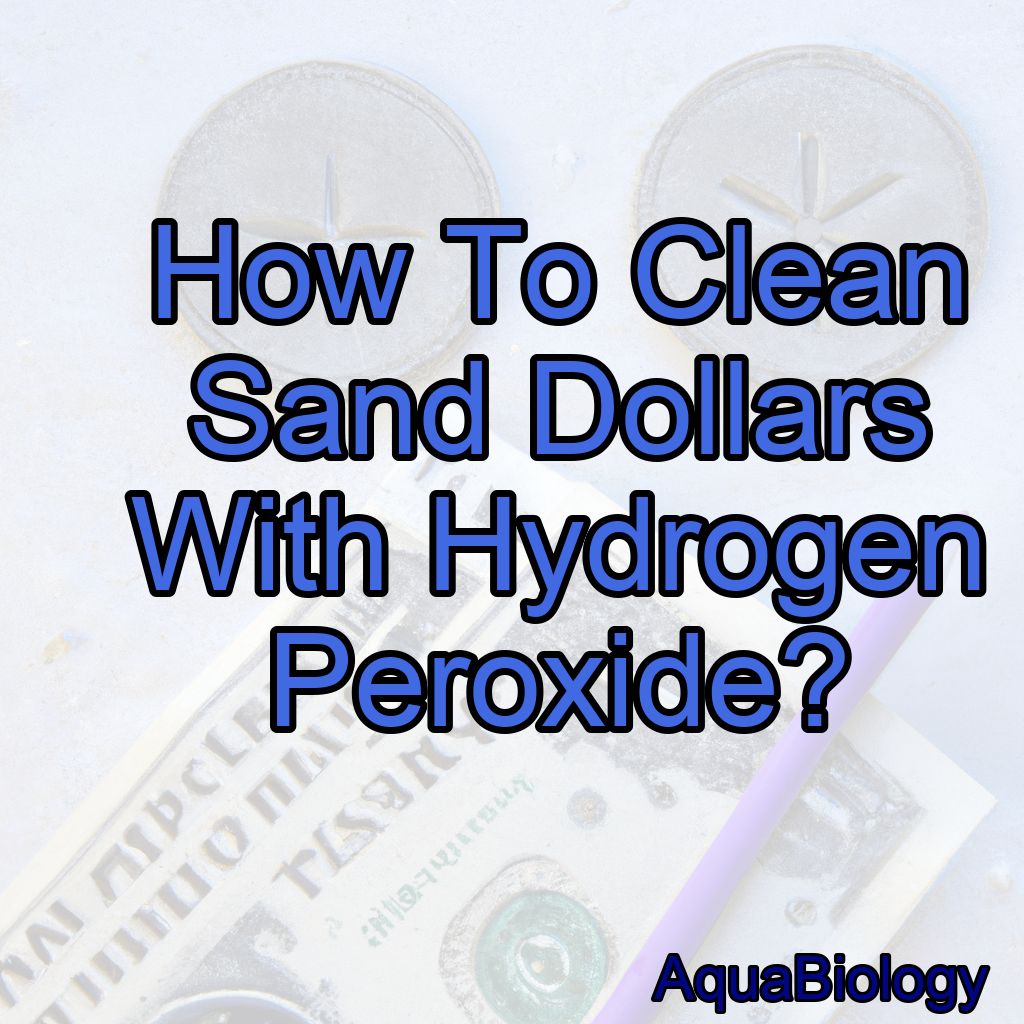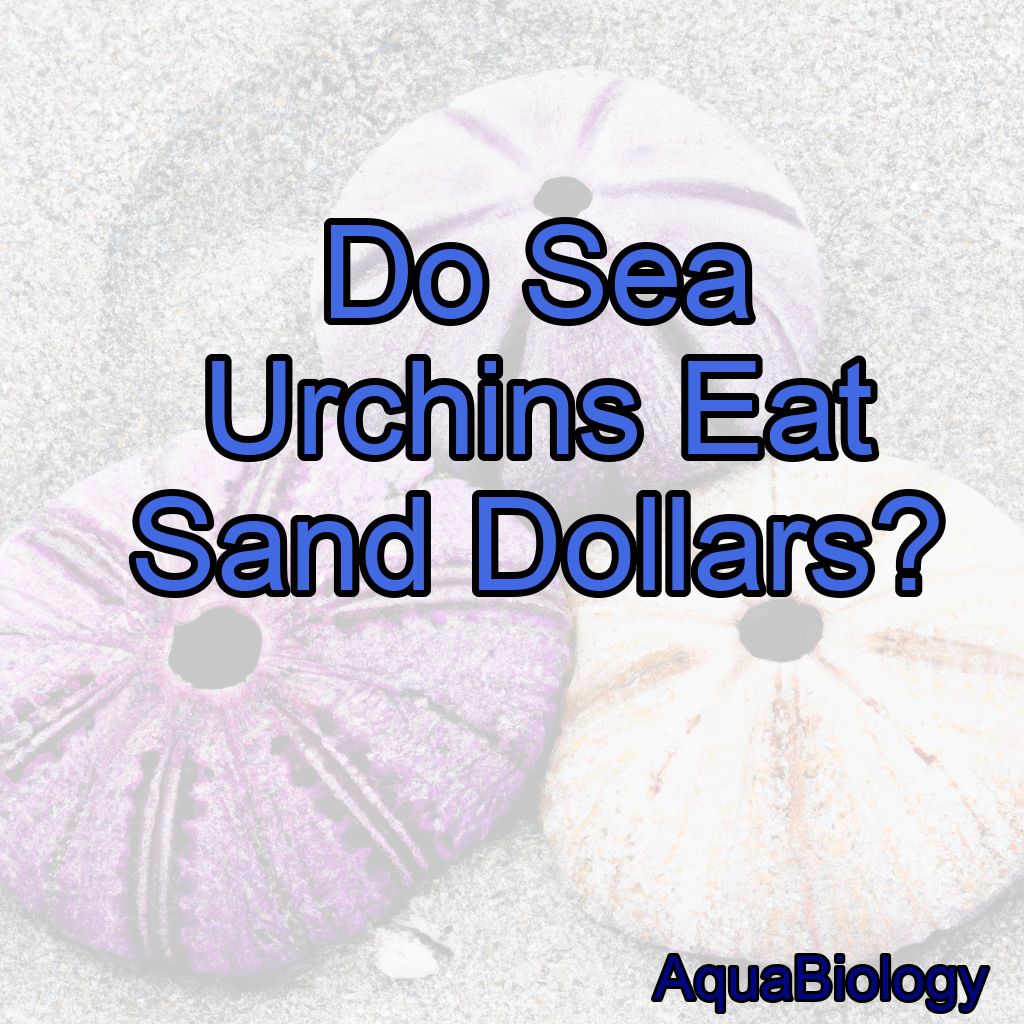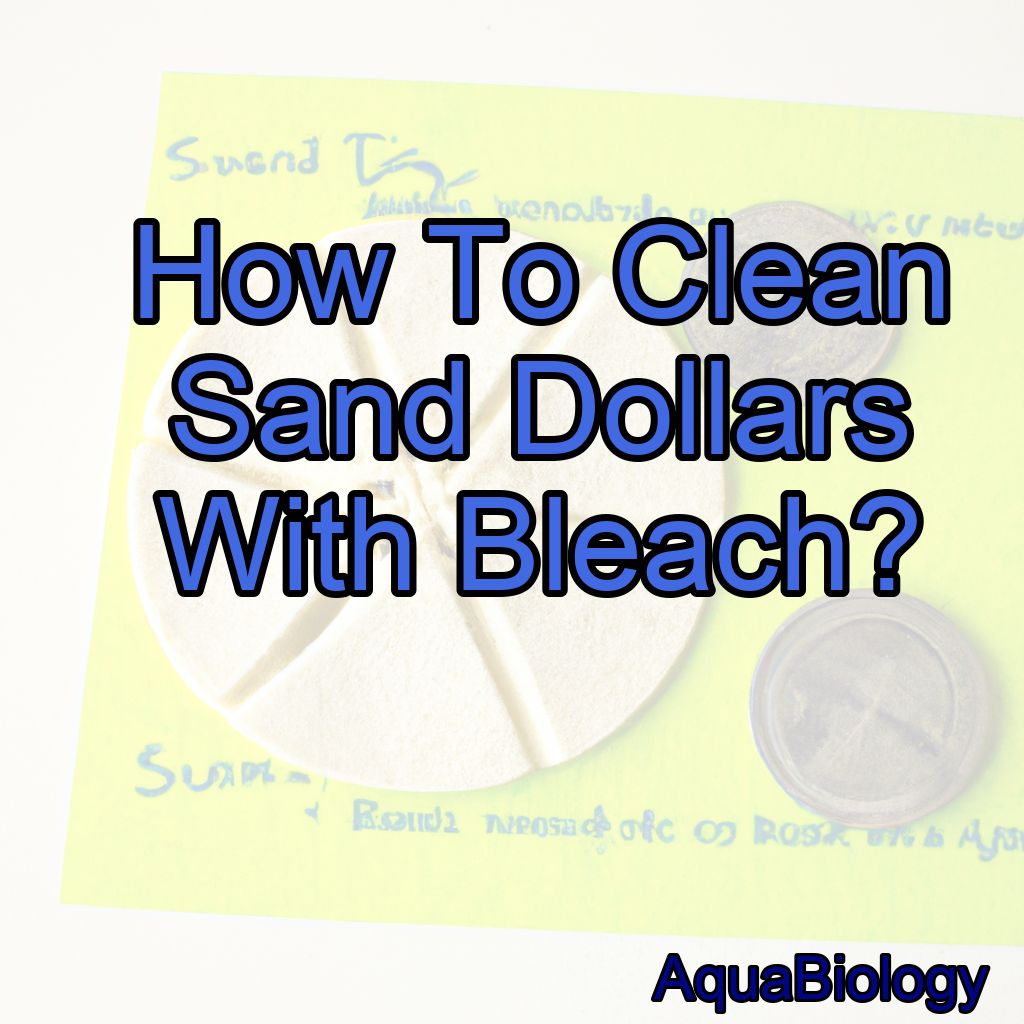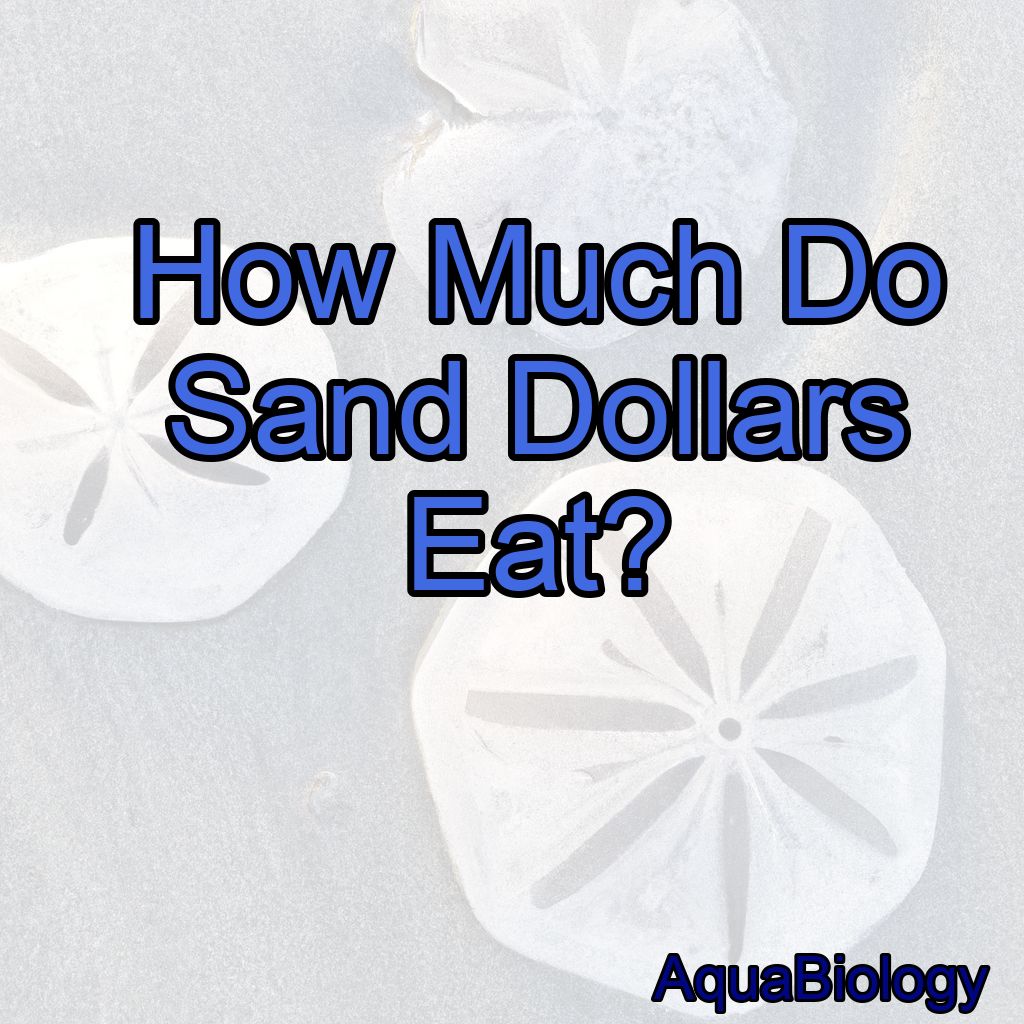How Do You Preserve Sand Dollars?
As a marine biologist with a love for sand dollars, I have spent a lot of time studying these fascinating creatures. Rinse sand dollars in fresh water, soak in a bleach solution, gently scrub, rinse again, let dry, and coat with a clear sealant. Sand dollars are a type of echinoderm that can be found…
